Resilience

Resilience
Relationships That Adapt
In a world of relentless advancement, organizations—and individuals—overlook a critical cognitive forces that can hold them back, jeopardizing their ability to thrive. Resilience isn’t just about bouncing back; it’s about breaking free. Getting unstuck is your lifeline to adapt, outpace obsolescence, and build a future that endures.
Change Isn’t Hard. Changing Is.
Resilience is more than bouncing back—it’s breaking through. In a world where change is constant, the ability to adapt and evolve isn’t optional; it’s essential. By transforming hesitation into action and obstacles into opportunities, resilience empowers organizations to thrive, innovate, and shape a future on their own terms.
Keynote Presentation
-
The UnStuck presentation empowers organizations to confront the unseen barriers that stall progress while offering a pathway to lasting resilience. With clarity and precision, it reveals the cognitive patterns that hold teams back, showing why meaningful transformation begins with letting go of outdated practices and perspectives.
This keynote not only addresses the challenges of overcoming resistance to change but also highlights how resilience can be cultivated as a cornerstone of long-term success. By equipping leaders with tools to adapt, persevere, and thrive, UnStuck transforms the fear of change into an opportunity for growth. For organizations navigating uncertainty, this session delivers a compelling message: breaking free from the past isn’t just a way forward—it’s the foundation for building strength, agility, and enduring success in an ever-changing world.
Workshop
-
The Black Cat Challenge is a dynamic, immersive workshop designed to uncover and address the unseen challenges—“black cats”—that may be lurking within an organization’s operations and culture. Tailored to the needs of each organization, the exercise can span from a focused session of a few hours to an extended initiative over several months.
Participants begin with an engaging introduction to the challenge’s concepts and goals, followed by a deep dive into their organization’s unique dynamics. Through critical thinking, collaborative discussions, and problem-solving activities, they explore the “dark rooms” of their operations, identifying hidden issues that may be hindering progress.
The challenge not only reveals areas of ignorance and surfaces critical concerns but also fosters a culture of curiosity, transparency, and proactive problem-solving. Participants leave with a heightened awareness of their environment, the tools to address challenges effectively, and a deeper capacity for resilience. By empowering organizations to navigate uncertainty with clarity and confidence, the Black Cat Challenge transforms hidden obstacles into opportunities for growth and lasting success.
Development Process
-
The Extraction Plan is a vital complement to an organization’s Strategic Plan, designed to address the often-overlooked barriers that hinder progress: legacy issues, outdated practices, and ingrained inefficiencies. While a Strategic Plan focuses on future goals and the pathways to achieve them, the Extraction Plan works in tandem, targeting the undercurrents that can derail those objectives.
This initiative seamlessly integrates with existing strategies and in-house initiatives, aligning the removal of obstacles with key milestones. By systematically identifying and resolving these constraints, the Extraction Plan ensures that every step forward is free from the weight of the past, enabling organizations to advance dynamically and adaptively.
With its implementation, organizations gain more than just operational efficiency—they unlock strategic agility, allowing them to respond to evolving market conditions with precision and confidence. The result is a clear, unencumbered path to growth, a strengthened ability to seize new opportunities, and a framework for sustained success that positions the organization well ahead of its competitors.
3 Myths About Resilience
-
We like to think that humans are naturally inclined to move forward, but the opposite is true. Our brains are built to resist change, favoring routines and familiar patterns over the discomfort of the unknown. Getting stuck isn’t a failure; it’s the default setting. Progress happens only when we deliberately push against our natural instincts and create the conditions for change.
-
Nostalgia feels comforting, even inspiring, but it’s also a trap. When we idealize the past, we anchor ourselves to what was, instead of imagining what could be. The more we indulge nostalgia, the more it blinds us to new possibilities. Resilience, paradoxically, isn’t about looking back for strength—it’s about letting go.
-
Fear isn’t the primary reason we avoid risks—it’s uncertainty. We don’t take risks because we’re not sure how they’ll turn out, and our brains are designed to avoid the unknown. Resilience isn’t about eliminating fear; it’s the ability to navigate uncertainty with clarity, confidence, and curiosity. It’s not bravery that gets us moving—it’s optimism.
You aren’t alone.
Just 21% of organizations successfully introduce disruptive products, services, and ideas each year—a telling sign across industries. This select group of innovators consistently challenges the status quo, driving forward with groundbreaking solutions. These numbers highlight the steep challenge most organizations face in the quest for constant reinvention and evolution.
In a world of relentless change, curiosity, granularity, optimism, and innovation are the keys to getting Unstuck.





